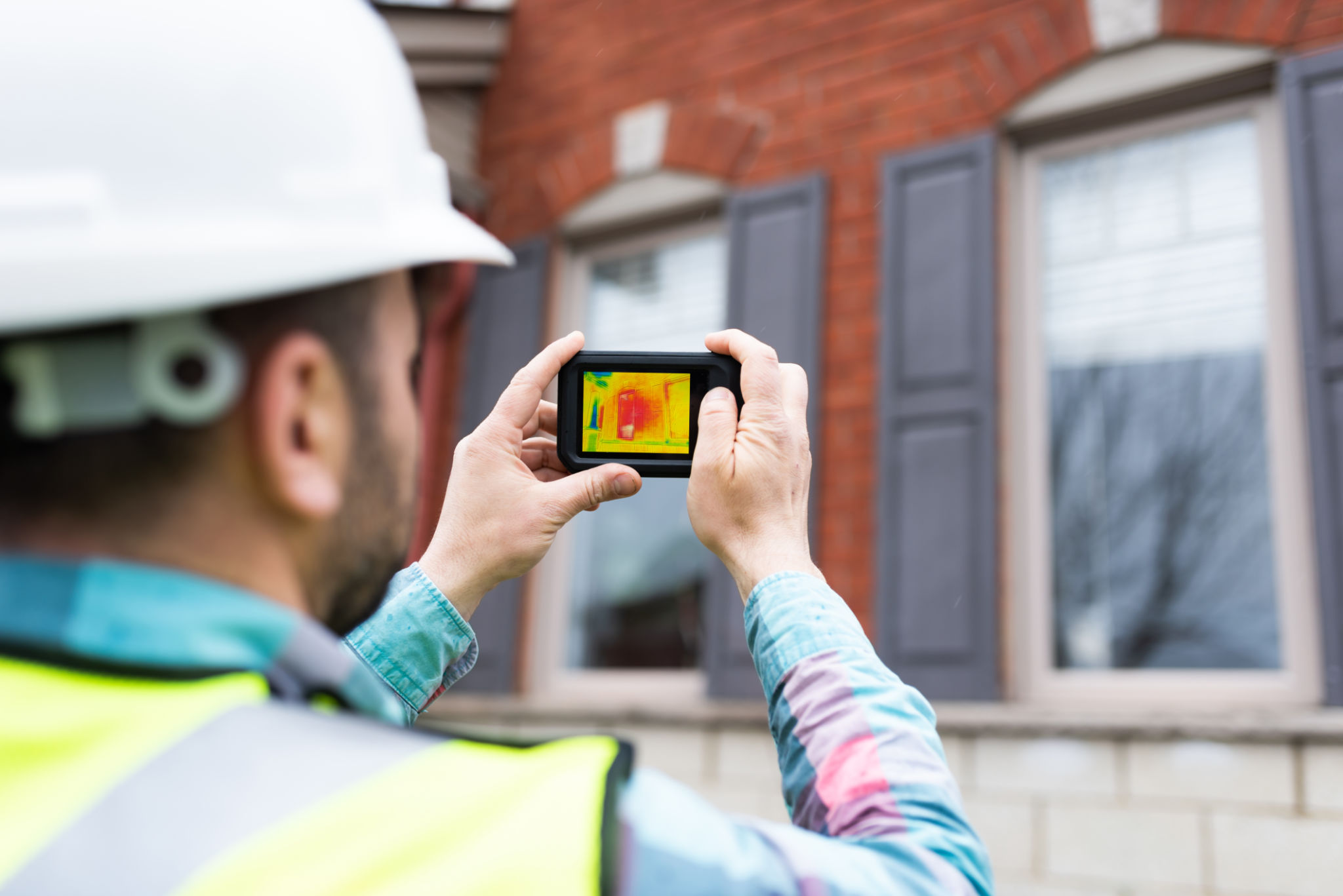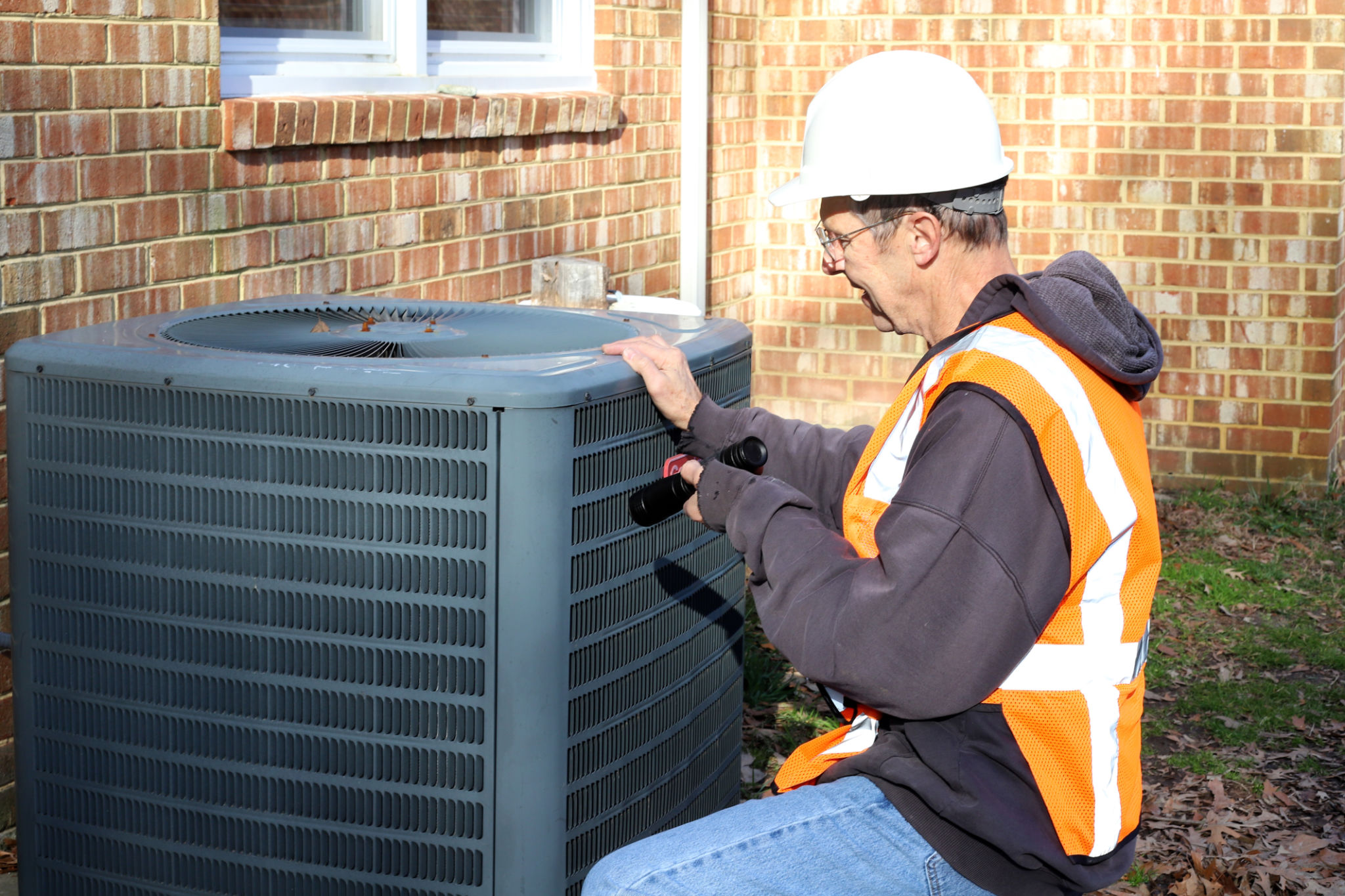Preparing Your Business for Seasonal Energy Efficiency Challenges
Understanding Seasonal Energy Efficiency Challenges
As seasons change, businesses often face unique energy efficiency challenges that can impact operational costs and overall sustainability efforts. Whether it's the sweltering heat of summer or the biting chill of winter, preparing for these fluctuations is crucial. By understanding and anticipating these challenges, businesses can effectively manage energy consumption and mitigate unnecessary expenses.

Conducting an Energy Audit
One of the first steps in preparing for seasonal energy efficiency challenges is conducting a thorough energy audit. This process involves evaluating current energy usage patterns and identifying areas where improvements can be made. By doing so, businesses can pinpoint specific inefficiencies and develop targeted strategies to address them. An energy audit can also uncover hidden costs and provide insights into more sustainable practices.
Implementing Smart Technology
Incorporating smart technology can significantly enhance a business's ability to manage energy consumption. Smart thermostats, for example, allow for precise temperature control, adjusting settings based on occupancy and time of day. This not only improves comfort levels but also optimizes energy use, especially during peak seasons. Additionally, integrating sensors and smart lighting systems can further reduce unnecessary energy expenditure.
Optimizing Heating and Cooling Systems
The heating and cooling systems within a business are often major contributors to energy usage. Regular maintenance and upgrades to these systems can vastly improve their efficiency. Ensure that HVAC systems are cleaned, filters are replaced, and any necessary repairs are addressed promptly. Investing in energy-efficient models can also yield long-term savings.

Enhancing Insulation and Weatherization
Proper insulation and weatherization can prevent energy loss, keeping buildings comfortable regardless of external temperatures. Businesses should inspect their premises for any drafts or leaks that could lead to heat loss or gain. Sealing windows and doors, adding insulation to walls and roofs, and using weatherstripping can all help maintain internal temperatures more effectively.
Engaging Employees in Energy Efficiency
Engaging employees in energy-saving initiatives is an effective way to foster a culture of sustainability within the workplace. Encourage employees to turn off lights and equipment when not in use, and consider implementing policies that promote energy-efficient behaviors. Providing training sessions or workshops on energy conservation can also empower staff to contribute actively to efficiency goals.
Exploring Renewable Energy Options
Exploring renewable energy options such as solar or wind power can offer long-term benefits for businesses. While the initial investment may be significant, the potential savings on energy bills and the positive environmental impact make it a worthwhile consideration. Businesses can also take advantage of government incentives or rebates that support the transition to renewable energy sources.

Leveraging Financial Incentives
Many governments and utility companies offer financial incentives to businesses that invest in energy-efficient technologies and practices. These incentives can take various forms, including tax credits, rebates, or grants, which can offset the costs associated with upgrading systems or implementing new technologies. Staying informed about available programs can provide significant financial relief.
By taking proactive steps to prepare for seasonal energy efficiency challenges, businesses can not only reduce their operational costs but also contribute to a more sustainable future. Implementing these strategies ensures that businesses remain resilient and environmentally responsible throughout the year.